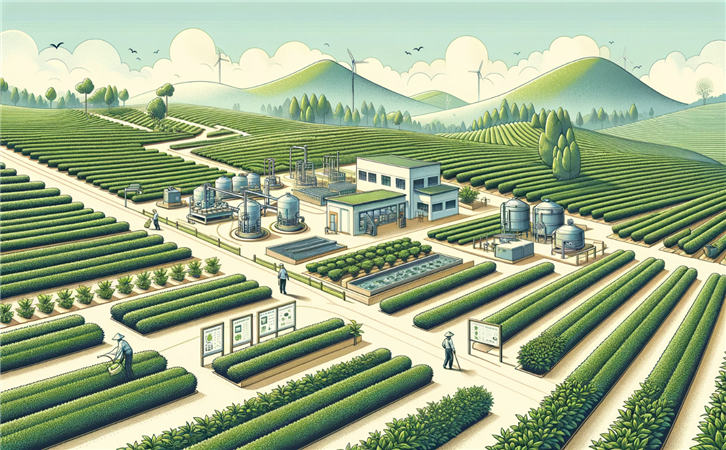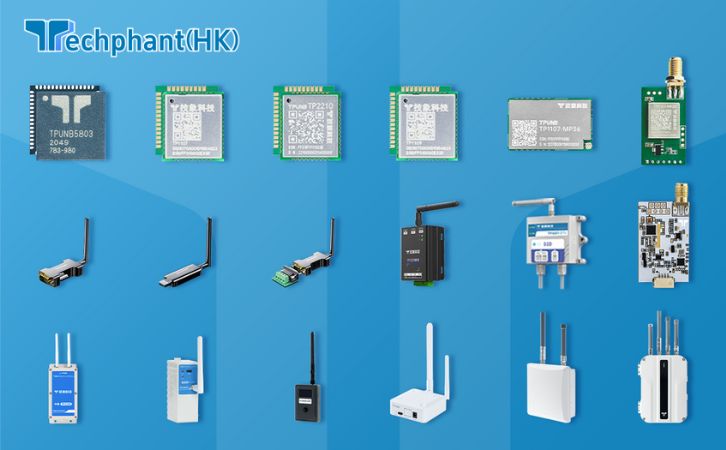The Intelligent Greenhouse Control System (IGCS) is an integrated management system that combines Internet of Things (IoT), sensor technology, artificial intelligence (AI), and automated equipment. It aims to optimize greenhouse environmental parameters, enhance resource efficiency, and improve crop yield and quality, thereby advancing sustainable agriculture. This article elaborates on its definition, core technologies, applications, advantages, and challenges.
1. Definition and Core Functions
The IGCS monitors and automatically adjusts greenhouse conditions to simulate the optimal growth environment for crops. Its key functions include:
Environmental Monitoring
- A sensor network collects real-time indoor/outdoor data, including:
- Temperature, humidity, light intensity, CO₂ levels
- Soil temperature/moisture, wind speed, rainfall
- Data is logged every 10 minutes for high-precision control.
Automated Regulation
- Temperature & Humidity Control: Activates heating/cooling/ventilation/humidification when thresholds are exceeded.
- Light Adjustment: Automatically opens/closes shade nets or supplemental LED lights based on sensor readings.
- CO₂ Optimization: Adjusts CO₂ concentration via nozzles to enhance photosynthesis.
- Water & Fertilizer Management: Triggers precision irrigation and fertilization based on soil moisture and nutrient sensors.
Data Analysis & Decision Support
- Generates reports, trend graphs, and predictive insights using historical data.
- Employs machine learning to forecast environmental changes and preemptively adjust settings.
Remote Monitoring & Alerts
- Operators can control the system via cloud platforms or mobile apps.
- Features multi-level alarms (SMS, audible/visual alerts) for critical deviations.
2. Core Technologies
Sensor Technology
- High-precision 14-bit A/D converters ensure accuracy (±0.5°C error margin).
- Multi-sensor synergy: Air/soil sensors, CO₂ detectors, leaf wetness sensors, etc.
Intelligent Control Algorithms
- Uses PID control, fuzzy logic, and neural networks for multi-variable coordination.
- CAN bus-based distributed control enhances system stability.
IoT & Communication
- Data transmission via Wi-Fi, 4G/5G, ZigBee.
- Cloud platforms aggregate big data to refine control strategies.
Actuator Integration
- Automates vents, shade screens, misting fans, irrigation pumps, forming a “sense-decide-act” loop.
3. Applications in Sustainable Agriculture
Water & Fertilizer Savings
- Soil moisture sensors + drip irrigation reduce water waste by 30%.
- Precise nutrient dosing cuts fertilizer usage.
Energy Efficiency
- Natural ventilation + shade regulation minimize heating/cooling needs.
- Solar-powered systems lower carbon emissions.
Precision Farming & Pest Control
- AI-powered cameras detect pests/diseases early.
- Stable environments reduce pesticide reliance.
Extreme Weather Adaptation
- Automatically activates protective measures during storms, heatwaves, etc.
4. Advantages & Challenges
Advantages
- Higher Yields & Quality: 20–30% increased productivity with superior crop quality.
- Resource Efficiency: 15–40% reductions in water, fertilizer, and energy use.
- Labor Savings: Automation cuts manual labor costs by 30–50%.
- Data-Driven Insights: Historical data refines planting models for long-term sustainability.
Challenges
- High Initial Cost: Expensive sensors/equipment may be unaffordable for small farms.
- Technical Barriers: Requires skilled maintenance; rural areas may lack stable power/internet.
- Climate Limitations: Prolonged extreme weather (e.g., deep cold) may exceed system capacity.
- Cybersecurity Risks: Cloud dependency increases vulnerability to hacking.
5. Conclusion
The IGCS is a cornerstone of sustainable agriculture, enabling precision, automation, and data-driven farming. Its benefits in resource conservation, yield improvement, and eco-friendliness make it ideal for large-scale operations. Future advancements—such as modular designs (cost reduction), off-grid power solutions, and enhanced AI prediction—can address current challenges. With policy support, IGCS can achieve global adoption, ultimately realizing “high-yield, high-efficiency, eco-friendly” agricultural goals.


